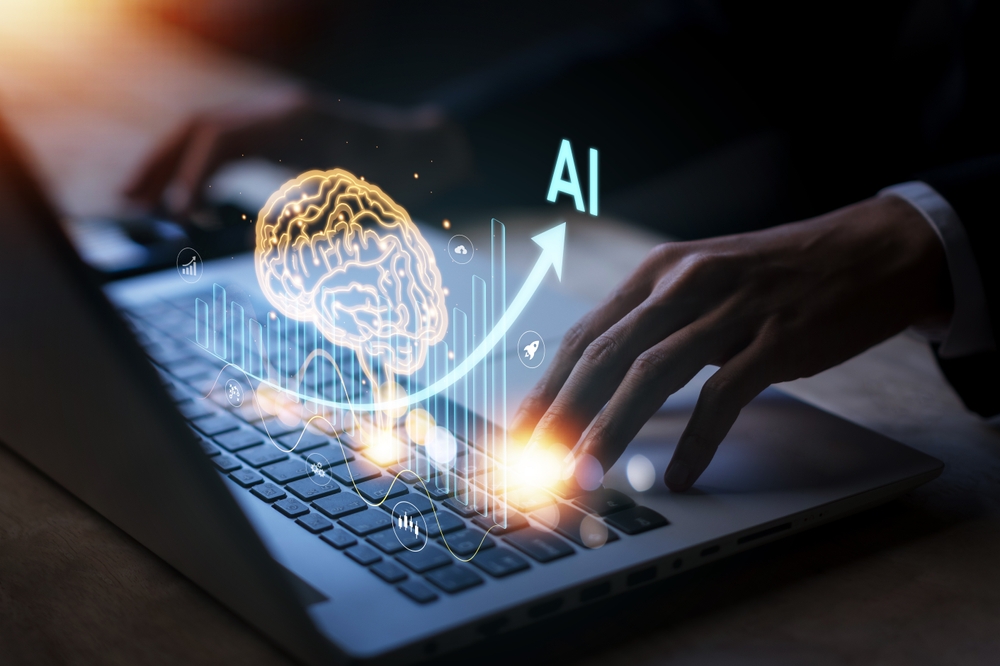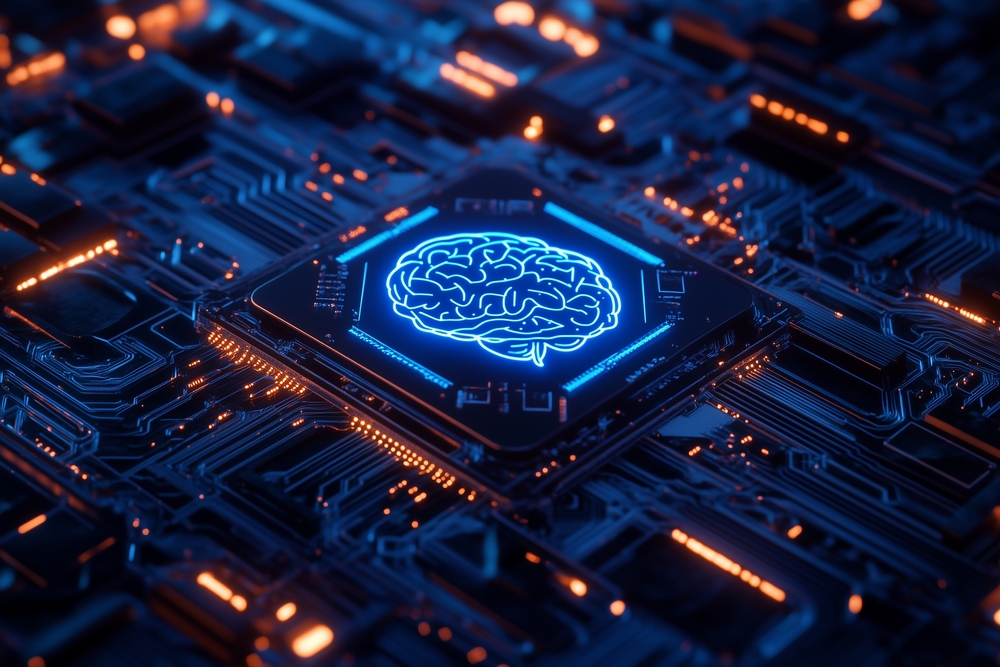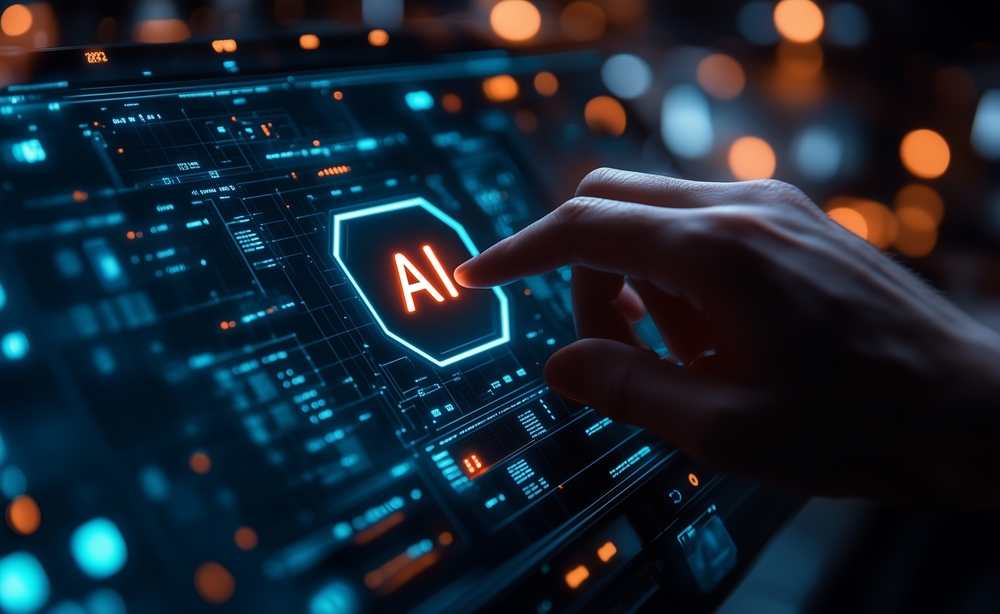It is indeed true that over the last few years, Artificial Intelligence has grown out of that little segment which was once called an academic discipline into a transformative force that is affecting the industries, the economies, and the societies all across the globe. The future holds many major trends that will likely shape the world beyond what one works with or lives with it for some time to come. Among those major trends that would essentially make this deep exploration into the most significant anticipations for the future concerning AI is to point out the scope of their implications and potential impact.
Generative AI and Democratization
Generative Artificial Intelligence-that is, algorithms, content generation tools like text, pictures or even composing has really taken off. With models like GPT-4o, machines can now perform further complex tasks, such as discussion on verbal and textual basis and reading images. This phenomenon opened up the democratization of A.I. Access now lies beyond the reach of just technical geeks. With the phenomenon of new and emerging generative AI technologies, creativity and productivity find themselves further integrated into application domains.
AI in Workplace Productivity
Automation and new capabilities are the changes by using AI in work life. Most of the repetitive tasks like data entry to quality control in manufacturing, AI provides a system by which the entire operations are streamlined so that employees have more time to relate themselves to strategic work and creative activities. According to studies, AI is expected to allow an increase of 40% in employee productivity, while 60% feel that AI will promote productivity among business owners.
Multimodal AI
Instead of words or images only, the first models of the AI family focused on a single type of data-they were entirely unimodal. Multimodal AI exemplifies a considerable leap forward, as it opens up a whole new world for models to learn about or create material for consumption in any form: text, audio, or visual inputs. More importantly, this enhances intuitive and fluid interaction with users basking in the enjoyment of applications such as virtual assistants and content creation devices.
Smaller Language Models and Open Source Advancements
There is an increasing progress in the making of smaller and more efficient language models for AI applications, which can achieve the same performance level but with reduced computation power. Thus, the entry of AI into technology sustains ecology. Open-sourcing initiatives bring collaborative participation and innovation into the global community to further meet AI advancements.
AI in Science and Healthcare
The advances claimed by AI are revolutionary in the field of science and healthcare. This pertains to scientific research, where AI is used to predict weather patterns, estimate carbon emissions, and come up with sustainable farming practices-all in the course of fighting climate change. In the healthcare arena, AI will assist in diagnostics and therapy; personalized treatment plans are complemented by management of patient data and all in all, serve to advance the quality and efficiency of medical services.
AI Regulation, Ethics and Responsible AI
With the advent of AI systems, ethical considerations, bias, and transparency have become an intensified issue. This is what responsible AI frameworks seek to address in making the use of AI technologies fair, transparent, and accountable for development and deployment. Likewise, the regulatory bodies in different countries are already coming up with policies that would govern the use of AI, taking into consideration the balance between society and development innovations.
AI in Autonomous Vehicles
The race to fully self-driving vehicles is becoming more intense and has seen many investments from automotive and technical firms. Advancements in artificial intelligence continue to reduce the levels of vehicle autonomy while improving its safety features and user experience. However, some hurdles still stand in the way of government approval, public acceptance, and technology reliability.
AI’s Impact on the Job Market
The new emerging trends introduced by the AI technologies are changes in the job market: new jobs or obsolete. Demand for AI-related skills is sharply rising, with duties such as those of machine-learning specialists and solutions architects becoming particularly sought after. Unrest occurs, however, with the fear of displaced jobs followed by workforce reskilling for employment.
AI and Energy Consumption
Developments in artificial intelligence technologies, including data centers and computational infrastructures, have contributed to rising energy consumption. These sustainability concerns have brought calls for investments by the artificial intelligence industry in clean energy and more efficient technologies as a means of reducing environmental impacts.
AI in Financial Markets
AI is contributing very much to the financial market and to driving growth in entire sectors towards investment strategies. Institutions use AI not only for algorithmic trading but also for risk assessments and customer service automation, amongst other areas. This will continue to drive progress in the financial sector while providing opportunities for efficiency and improvement in profits.
AI in Creative Industries
They are going towards a change in creative industries regarding the ability of AI to insert creative lives into art, music, and literature creation outside of human existence; thereby, pushing the limits of creativity and challenging conventional ideas of authorship. This crossroad between AI and creativity is creating a whole new world of artistic formats and opportunities.
AI and Cybersecurity
AI becomes a key component for securing infrastructures in terms of detection and prevention of illegal and unauthorized cyber activities. AI systems could process large volumes of data and identify anomalies the very instant a potential or even suspected breach occurs-open-up avenues for developing defenses into proactive mechanisms. By contrast, the employment of AI by miscreants poses different and new challenges that need advanced countermeasures.
AI in Education
AI is being brought into the education field, which is taking the scope of learning and management very high. With the help of AI, these platforms can have automated grading and personalized learning pathways and provide insights about student performance. The applications above are changing all educational methodologies and accessibility.
AI and Natural Language Processing (NLP)
Today it is performing the task of getting to a point where AI systems could understand or generate human language with increasing accuracy in order for them to proceed with human-computer communication. Such uses allow more natural and intuitive communication between humans and machines: virtual personal assistants, customer service bots, and others.
AI in Manufacturing and Supply Chains
The changes in manufacturing processes are tackled by the application of AI in them, complemented by the new supply chain management theories. Predictive analytics and machine learning algorithms fine-tune production schedules, minimize downtime, and improve demand forecasting. Connected smart factories powered by artificial intelligence and connected things automate the assembly line, quality control, and inventory management. AI impacts the supply chain by allowing enhanced logistics planning, decreased transportation costs, and disruption mitigation due to outside forces such as weather or geopolitical events.
Federated Learning and Data Privacy
Federations learning is climbing as a paradigm to meet the rising demand for privacy in AI data. The technique allows AI models to run on independent devices or servers and allows them to keep data localized. Hence, sensitive information stays on user devices and strikes a balance between personalization and privacy because such local data is used for training the models, which then personalize user-specific services. Such applications hold particular promise in the areas of health care, finance, and consumer technology.
AI in Space Exploration
AI is playing an important role in the development of space missions. It assists in analyzing astronomical data, optimizing satellite operations, and improving navigation technology in support of deep-space missions. Autonomous AI systems are being developed for rover-based missions in space to enable intelligence-based real-time decisions in teleoperated environments. With the expansion of space exploration and needs, AI will become one of the general enablers of human and robotic missions.
AI in Agriculture
Artificial intelligence is being used in agriculture to tackle the problems surrounding food security, climate change, and resource management. Monitoring crop health and predicting yield outputs has been affected by artificial intelligence systems. AI has been very effective in improving the efficiency and cost of irrigation and fertilization. Machinery using artificial intelligence, such as AI tractors and harvesters, are also becoming autonomous. Bringing about an innovative transformation from the income base of agriculture to a more sustainable and productive industry.
Emotional AI and Human-Machine Interaction
Emotional AI (or affective computing) concentrates on enabling machines to recognize, interpret, and respond to the emotions of human beings. Such an application further improves human-machine interaction because it develops much more empathetic and personalized experiences. Emotional AI is being incorporated into customer service applications, mental health applications, or entertainment applications, paving deeper avenues for technology users.
AI in Climate Change Mitigation
Moreover, AI has entered a new area of tackling the problem of climate change. Learning models have also analyzed environmental data to find trends to indicate or recommend solutions for enhanced energy usage, natural disaster predictions, and renewable energy development. These AI-driven insights will now be of value to the policymaker and their organizations in decision-making processes aimed at carbon footprint reduction or greater sustainability.
Quantum AI
by breaking into all those impossible potentials, as far as solutions to problems are concerned, greater than even what classical computers can do. Quantum AI uses the principles of quantum mechanics to process colossal amounts of data and improves machine learning algorithms. It is still an early-stage mix, and still it can bring breakthroughs much earlier into ^-fields such as drug discovery, cryptography, and material science.
AI in Entertainment and Gaming
The advancement in artificial intelligence brought into the entertainment and gaming industry has created a more immersive and engaging experience through generating real-life graphics, developing adaptive gameplay mechanics, and personalizing content recommendations. AI applications with virtual reality and augmented reality put new spins on traditional storytelling and interfacing, captivating audiences like no other.
AI-Powered Sustainability Solutions
AI is facilitating sustainability-transforming solutions in various sectors. Smart energy grids take advantage of artificial intelligence in distributing power to meet demand; wastes are reduced. AI-enabled solutions in waste management make recycling better and measure how much waste an area generates environmentally. AI is an ally in urban planning for future eco-desirable city designs with efficient resource utilization and minimizing environmental wastage.
Collaborative AI and Human-AI Synergy
The future isn’t in terms of AI replacement; rather, it’s in collaboration. Collaborative AI systems will require humans to enhance what they can already do instead of replacing them. Typical examples of this are AI-assisted decision-making, creative co-pilots for designers, and AI-based medical diagnosis assistance. This way, human creativity and intuition will still be integral to technological progress.
AI in Social Good
The enormous scope of using AI for the social good has been as wide as disaster management and as thin as improving education in underprivileged areas. Today, the applications of AI predict and mitigate the impacts of natural disasters, allocate resources during crises, offer real-time translation in most languages, and avail geographic information systems. Some of the most commonly adopted techniques include Artificial Intelligence by the parties interested in recording and assessing the impact on respective target audiences.
AI and Edge Computing
Edge computing is becoming popular for real-time AI applications. Edge AI processes data close to the source- devices and local servers- and, thus, reduces bandwidth usage and latency. The trend is most crucial towards applications like autonomous vehicles, IoT devices, or industrial automation, where immediate responses are critical.
AI in Personalized Medicine
Personalized medicine is what the health sector is looking at, and artificial intelligence is the spearheading technology for that. The unique treatment plans can be facilitated by artificial intelligence through the genotypic, phenotypic, as well as lifestyle information concerning the patients. This would be helpful for a better curative procedure with minimal side effects and better patient outcome results.
AI in Defense and National Security
Defense as well as national security will increasingly rely on artificial intelligence in future. Automated drones, intelligent monitoring systems, and cyber defense strategies are all applications that can be thought of. At these unprecedented speeds of data processing and analysis, AI will play a crucial role in modern warfare and security operations. Yet, this also raises ethical and regulatory concerns.
AI for Smart Cities
AI technologies constitute the foundation for future smart cities. They help connect systems through trellis nodes and make possible applications for traffic management, energy distribution, rubbish collection, public safety, etc., ensuring the cities run in a smooth yet effective way. Such improved services are given to the residents and at the same time reduce the environmental footprint.
AI in Autonomous Robotics
To modify training within this time-frame, autonomous robotics are developing rapidly, while AI-enabled robots perform complex tasks with minimal human intervention. They gain access to industries such as manufacturing, logistics, and healthcare and do everything from precision surgery to warehouse automation. Robots are showcasing the versatility of AI-powered robotics.
Conclusion
These trends show that artificial intelligence is no longer a simple technological tool. It becomes a transformative force that pushes people toward the future. AI will continue to converge with other emerging technologies to yield amazing unexplored new potentials in all sectors of the economy. Even while learning to navigate this fast-evolving landscape, ethical AI development and inclusive policies will remain crucial to unlocking its full potential.
Also Read: Local Search Algorithms in Artificial Intelligence





